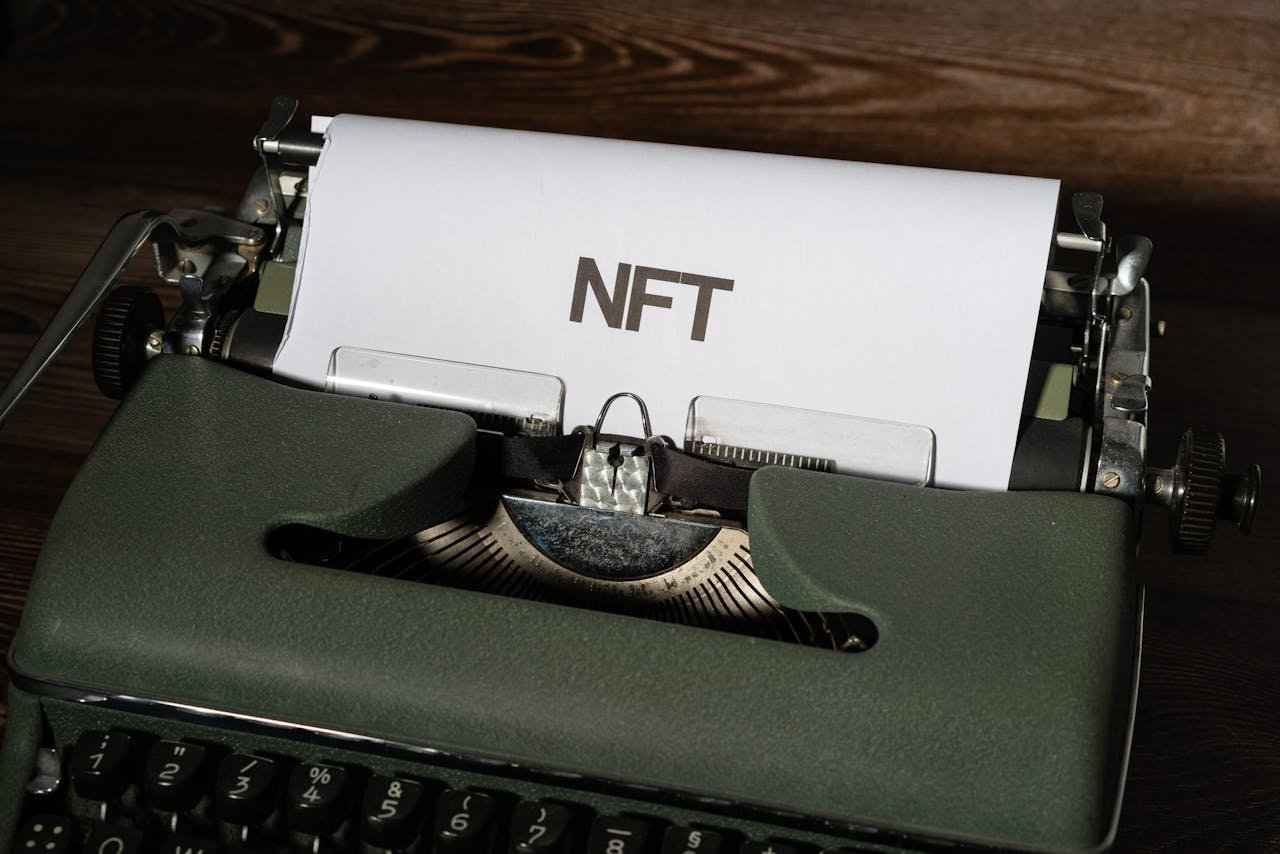Physical Address
304 North Cardinal St.
Dorchester Center, MA 02124
Physical Address
304 North Cardinal St.
Dorchester Center, MA 02124

The rapid rise of non-fungible tokens (NFTs) has captured the imagination of artists, collectors, and investors alike. With millions of dollars being exchanged in the NFT market, it’s no surprise that scammers have flocked to this digital gold rush. The decentralized and relatively new nature of NFTs makes them particularly vulnerable to fraud, leading to a variety of scams that can be devastating for unsuspecting buyers and creators. In this blog, we’ll explore the most common types of NFT scams, how they operate, and what you can do to protect yourself.
Example: A fake marketplace might advertise exclusive NFTs from a popular artist. Once users connect their wallets and approve a transaction, the scammers drain their funds and disappear.
b. Plagiarized and Fake NFTs
One of the most rampant issues in the NFT space is the sale of plagiarized or entirely fake NFTs. Scammers take digital art from other creators, mint it as an NFT without permission, and sell it to unsuspecting buyers. Alternatively, they may create fake NFTs that are falsely attributed to well-known artists or projects.
Example: A scammer might take a piece of digital art from a popular artist, mint it as an NFT, and sell it on an official-looking marketplace. The buyer, thinking they’ve acquired a valuable asset, later discovers that the NFT is worthless because it wasn’t authorized by the original creator.
c. Pump-and-Dump Schemes
In pump-and-dump schemes, scammers artificially inflate the price of an NFT collection through coordinated buying and hype, only to dump their holdings once prices have soared. This leaves late investors holding worthless assets.
Example: A group of scammers might promote an obscure NFT project on social media, creating the illusion of demand. As prices rise, more investors buy in, driving the price even higher. Once the scammers have made significant profits, they sell off their NFTs, causing the market to crash.
d. Phishing Scams
Phishing scams in the NFT space typically involve scammers impersonating well-known platforms or personalities to trick users into revealing their private keys or seed phrases. Once they have this information, they can access the victim’s crypto wallet and steal their NFTs and other assets.
Example: A user might receive an email or message that appears to be from a popular NFT marketplace, asking them to verify their account by entering their private key. If the user complies, the scammer gains access to their wallet and steals their NFTs.
e. Rug Pulls
In a rug pull, developers of an NFT project suddenly withdraw all funds from the project, leaving investors with worthless tokens. This is common in projects that promise future utility or value but are, in reality, scams from the outset.
Example: An NFT project might promise a revolutionary new platform or game tied to their tokens. After selling out the initial NFT drop, the developers disappear, taking all the funds with them and leaving buyers with worthless tokens.
Tip: Verify the authenticity of the creator and ensure that the marketplace you’re using is legitimate. Cross-check information across multiple platforms to avoid falling victim to fake sites or plagiarized work.
b. Use Reputable Marketplaces
Stick to well-known and reputable NFT marketplaces that have strong security measures and a good track record. Avoid clicking on links from unknown sources, and always verify URLs.
Tip: Marketplaces like OpenSea, Rarible, and Foundation are more likely to have security protocols in place to protect users, though they are not immune to scams. Always exercise caution.
c. Be Skeptical of Too-Good-to-Be-True Offers
If an NFT offer seems too good to be true, it probably is. Be wary of NFTs being sold at prices far below market value, promises of high returns, or pressure to act quickly.
Tip: Take your time to evaluate the offer and consult with others in the community if something seems off. Scammers often rely on creating a sense of urgency to trick victims.
d. Keep Your Private Keys Safe
Never share your private keys or seed phrases with anyone. No legitimate platform or seller will ever ask for this information.
Tip: Use hardware wallets and two-factor authentication to add an extra layer of security to your crypto assets.
e. Verify the Source of Communication
Phishing attempts often come through email, social media, or even messaging apps. Always verify that the source of communication is legitimate before taking any action.
Tip: If you receive an unexpected message or email, go directly to the official website or app to verify its legitimacy. Do not click on any links in the message.